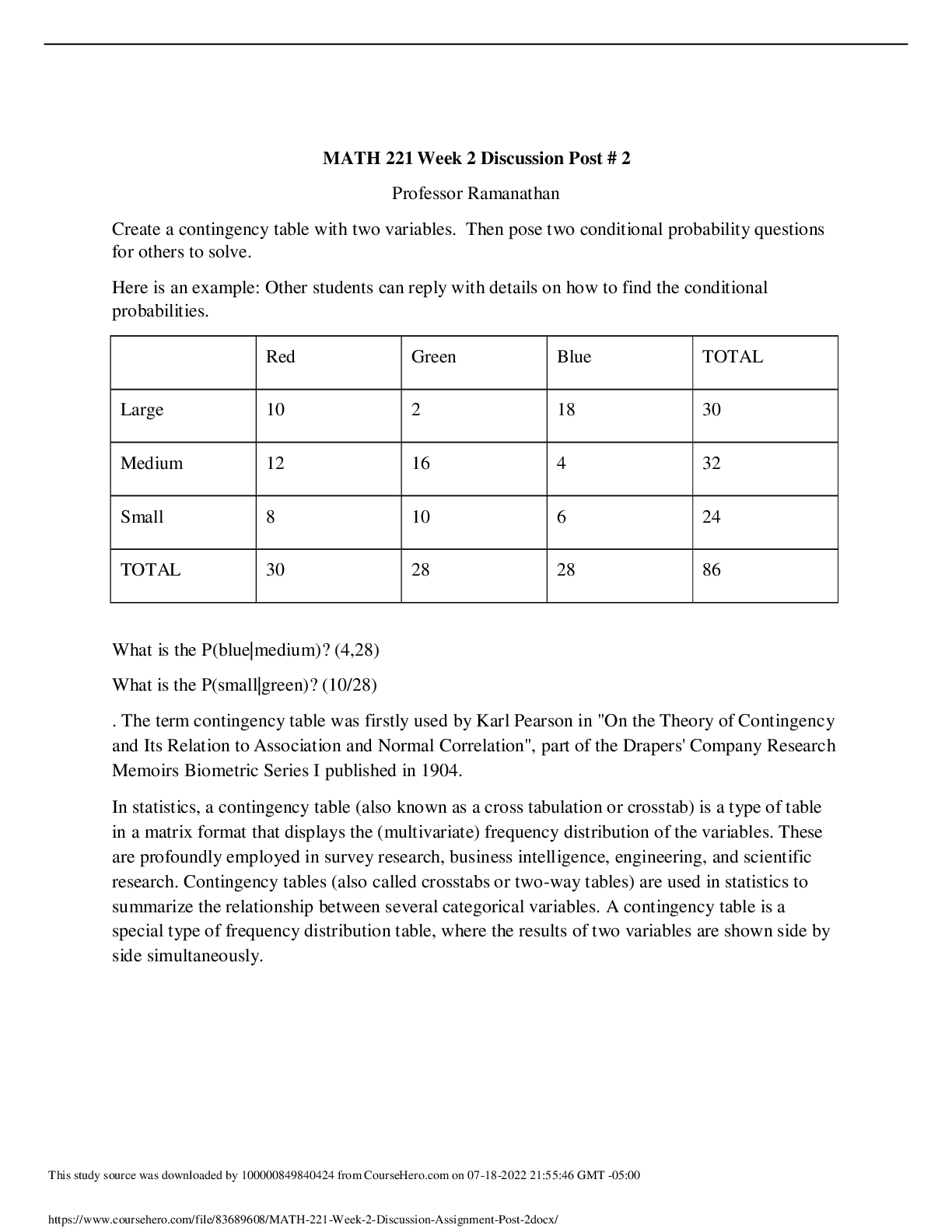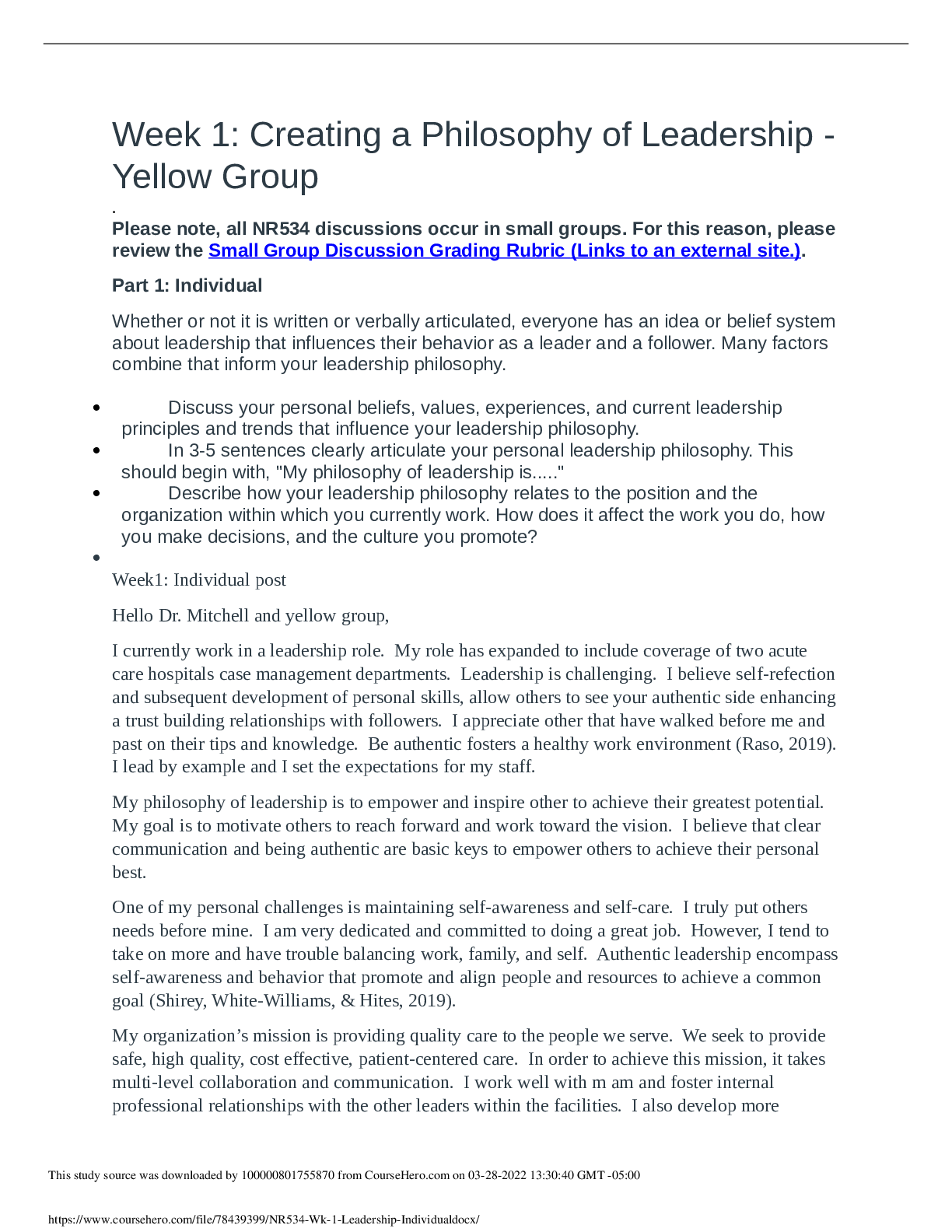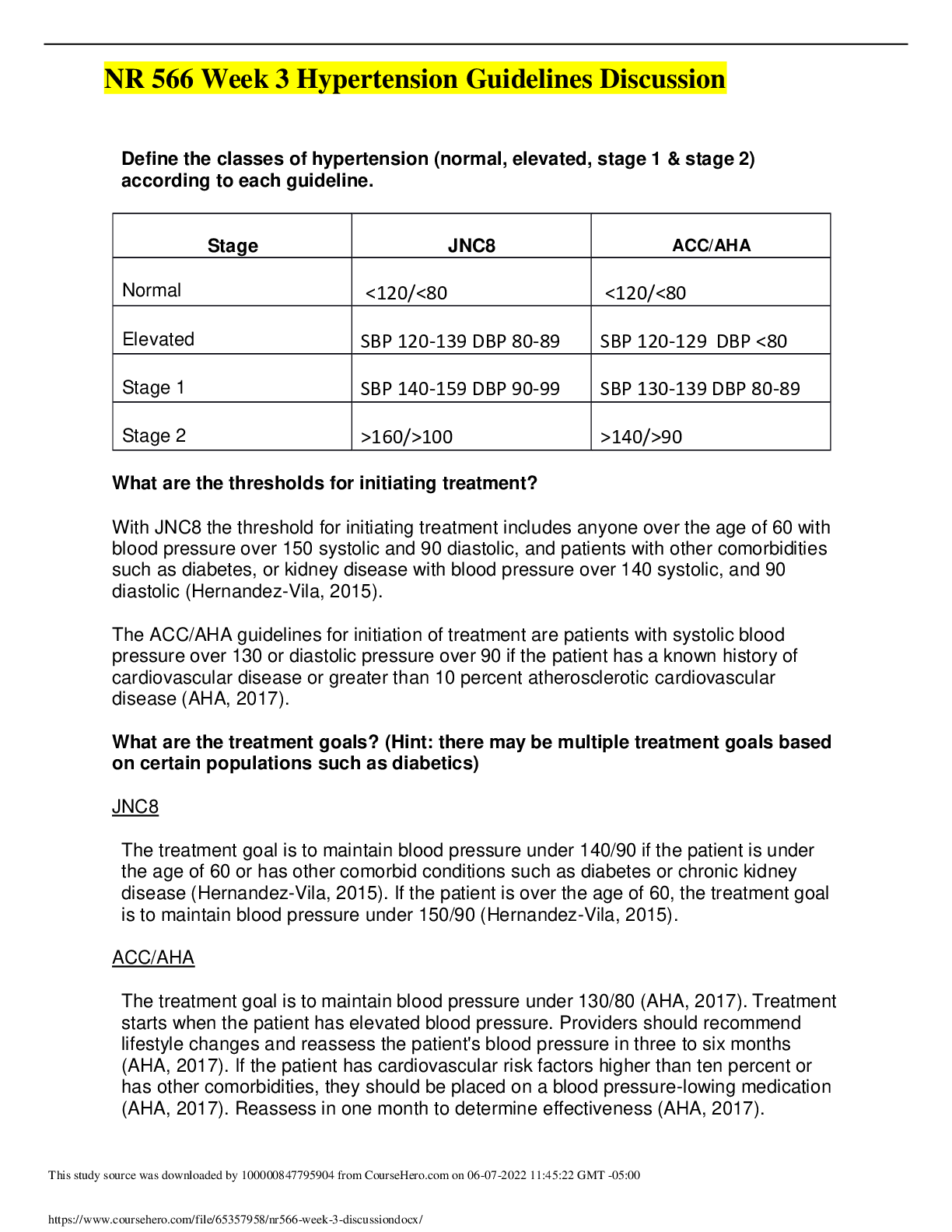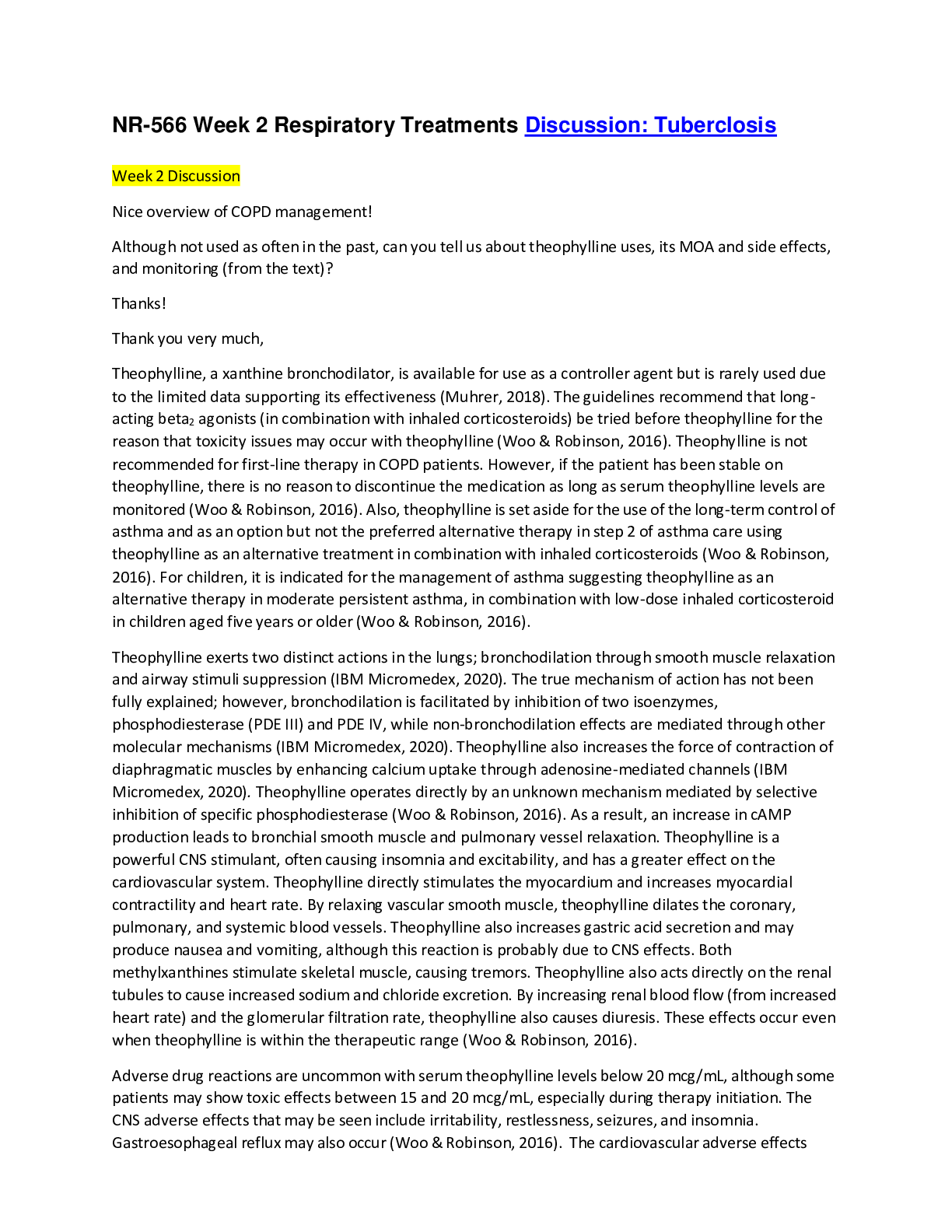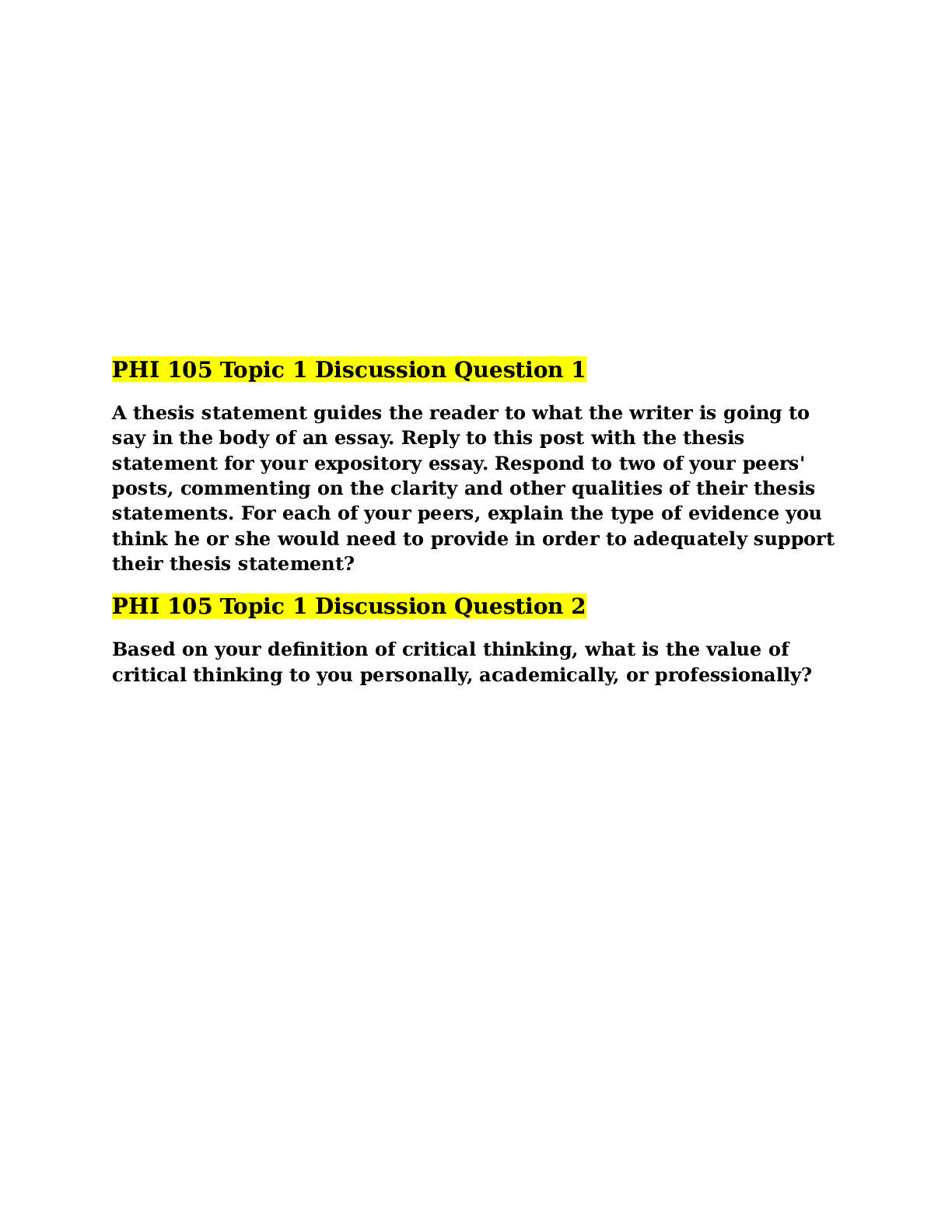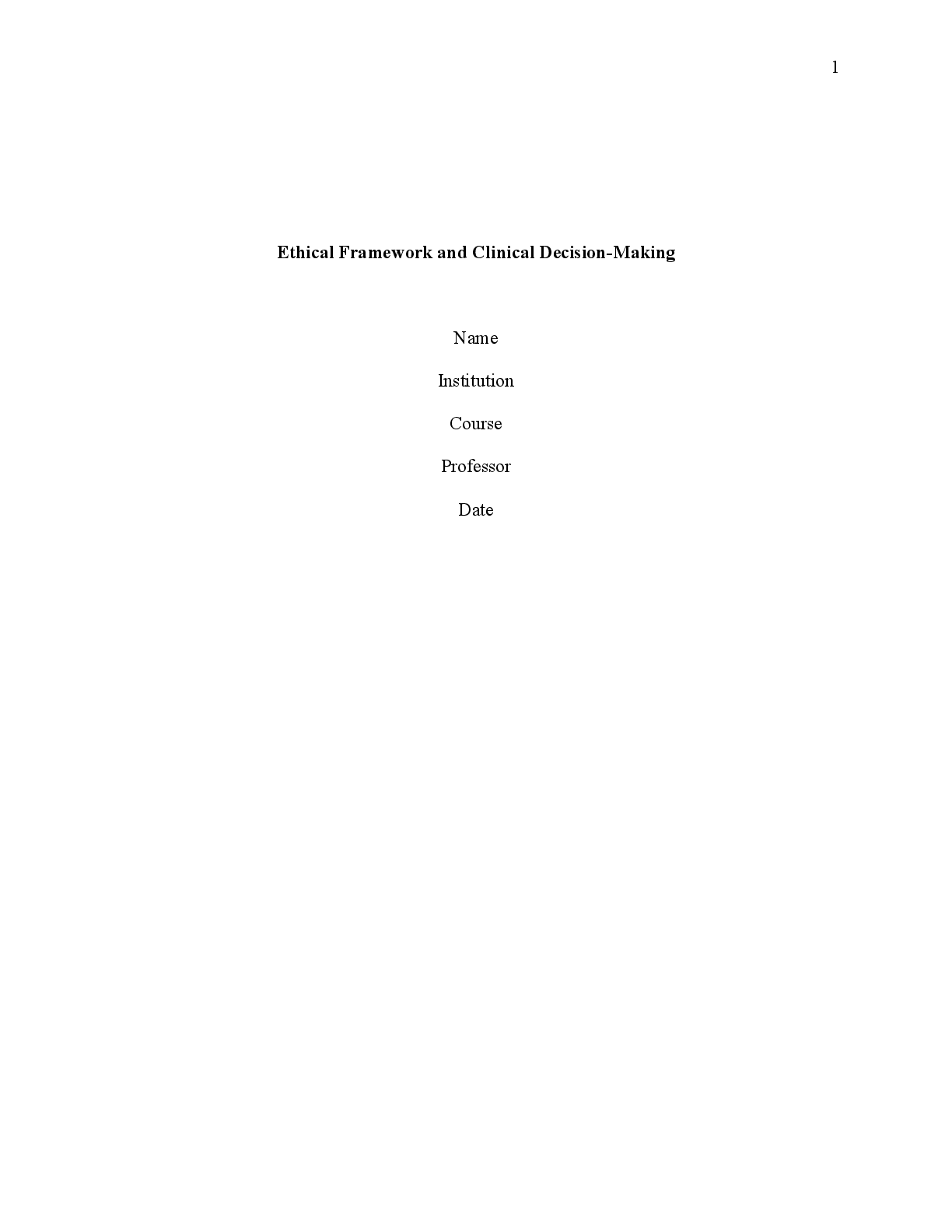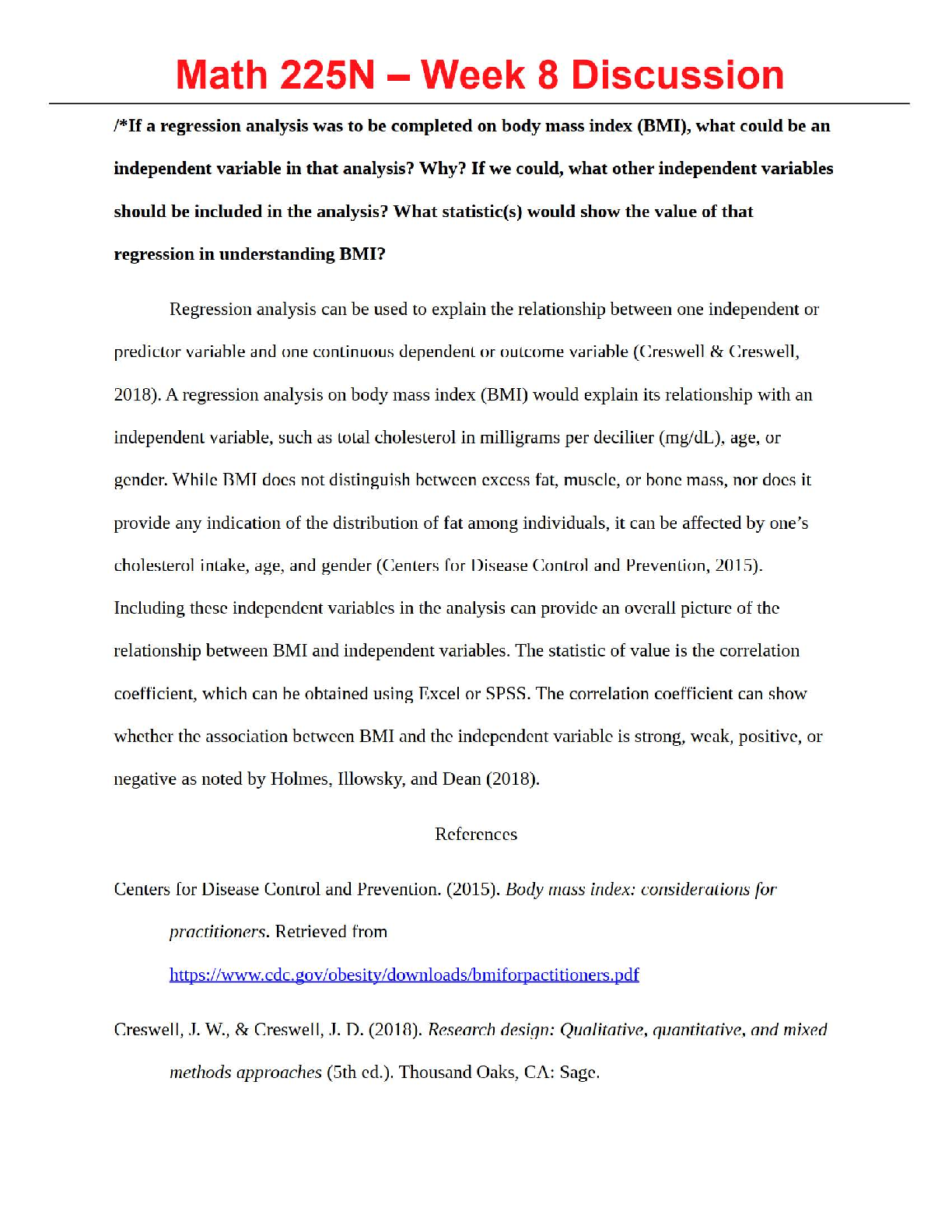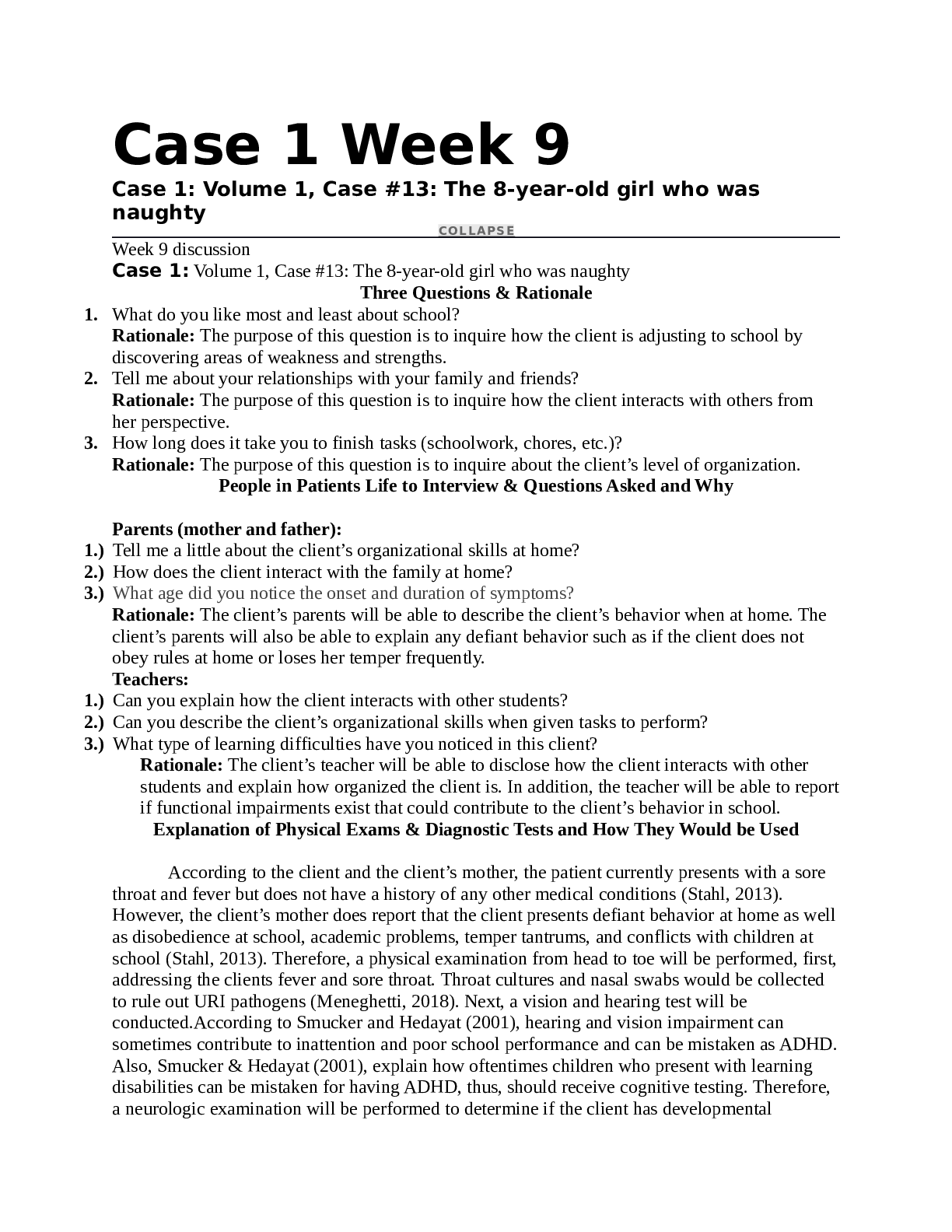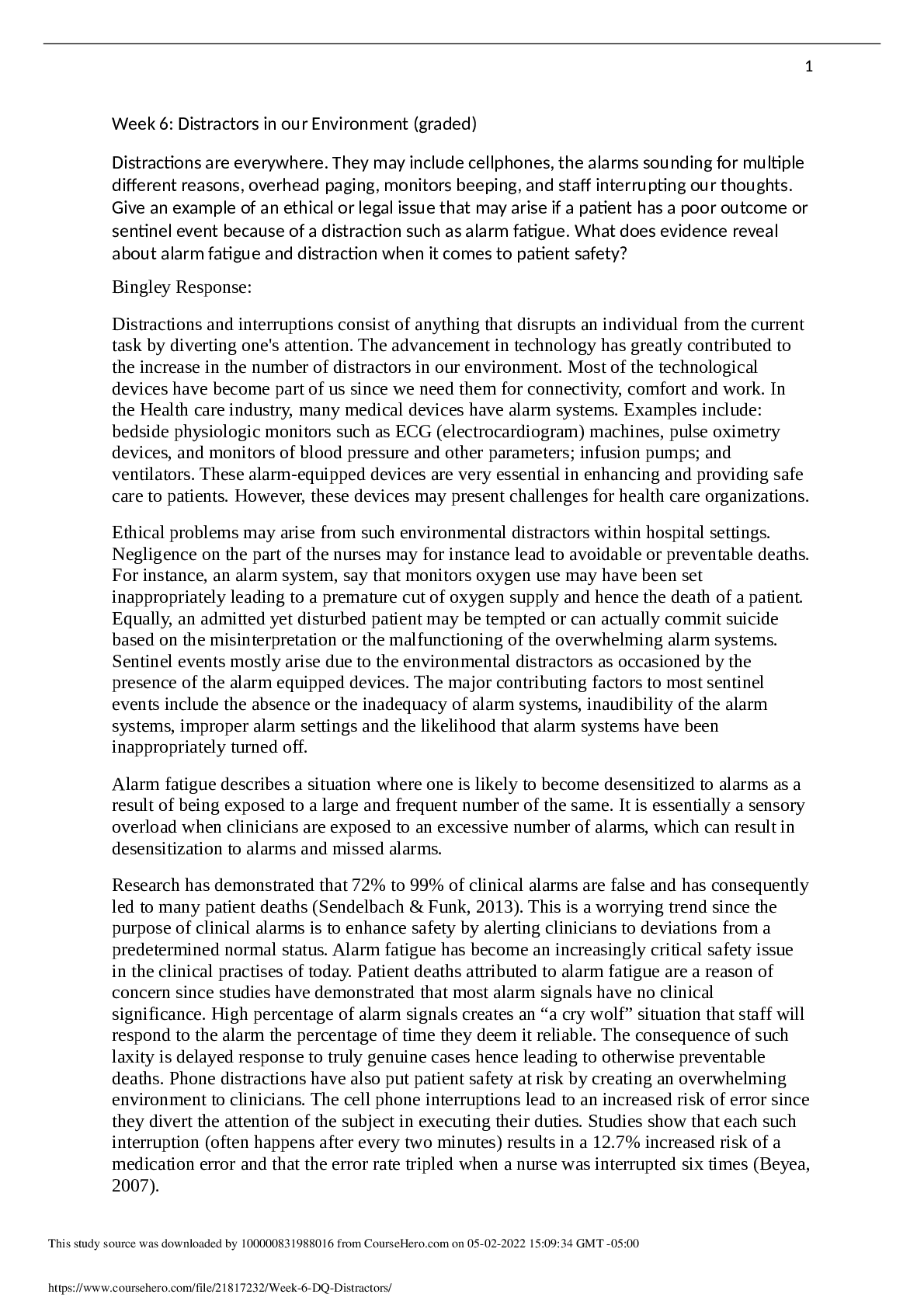
Becoming a Critical Thinker A User Friendly Manual 6th Edition By Sherry Diestler | Instructor Manual with Test Bank
$ 15
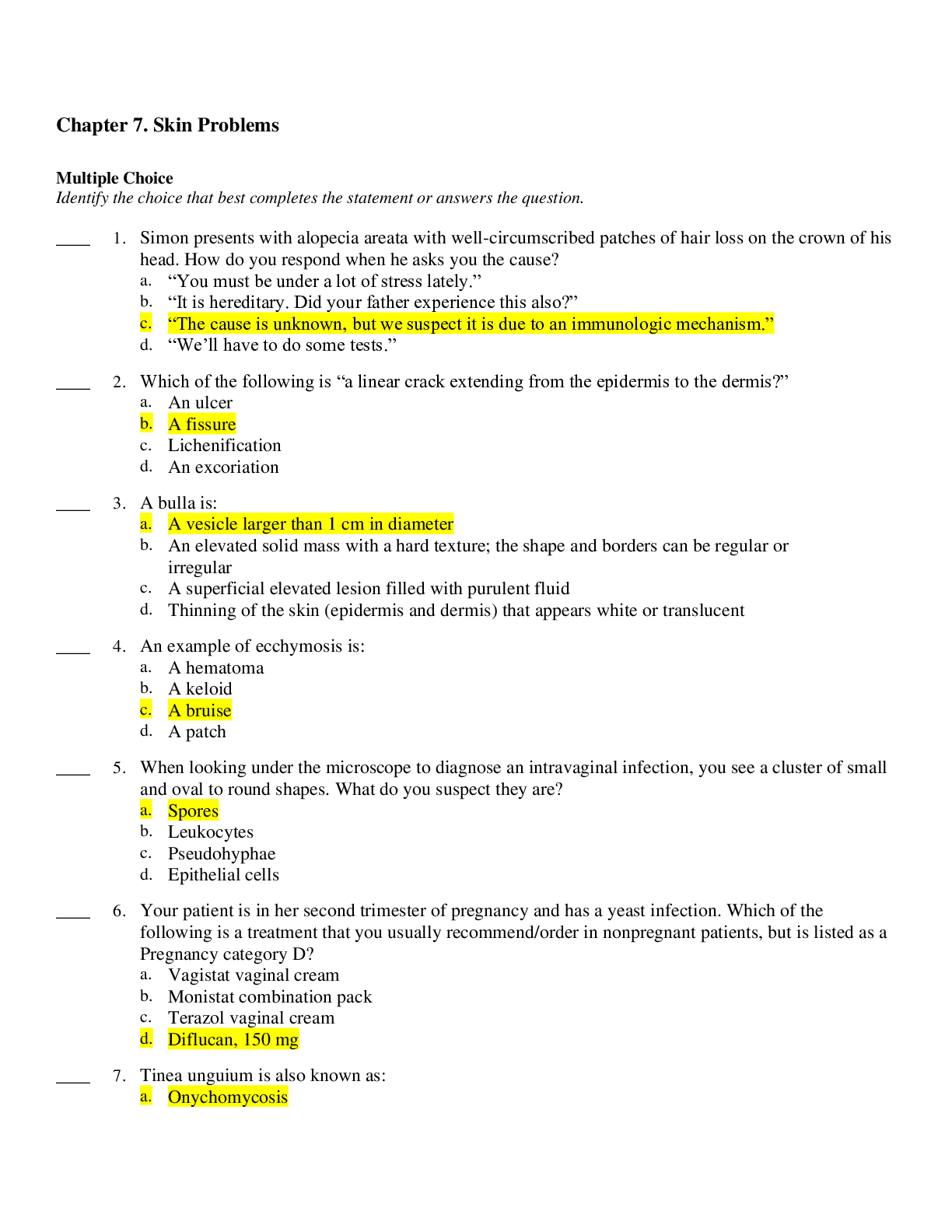
Keiser University - NURSING NUR3065 Ch07 Skin Problems Question And Answers_100% Verified Answers.
$ 18

eBook [PDF] Interface between English Language Education Policies and Practice Examples from Various Contexts 1st Edition By Eric Enongene Ekembe, Lauren Harvey, Eric Dwyer
$ 29
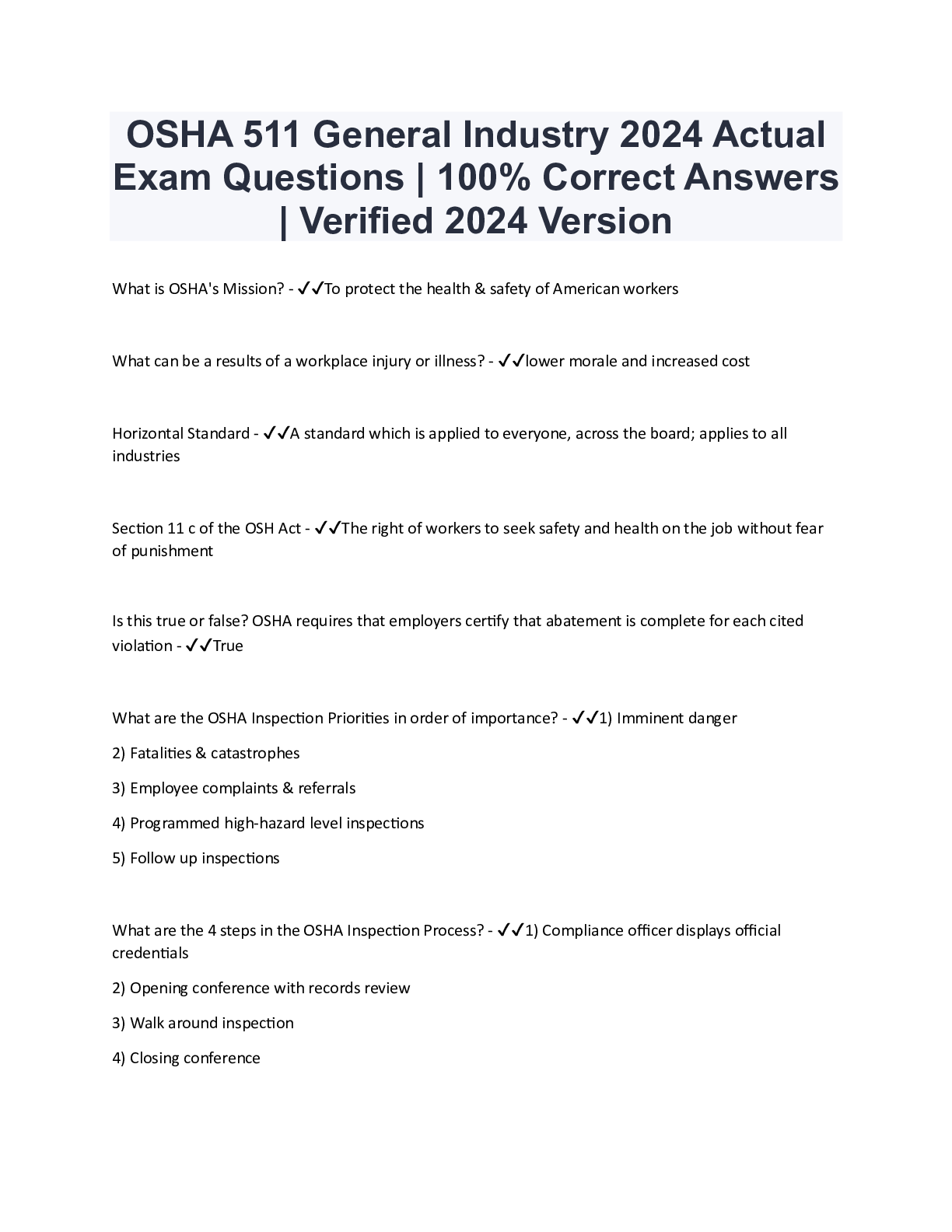
OSHA 511 General Industry 2024 Actual Exam Questions | 100% Correct Answers | Verified 2024 Version
$ 6

AQA AS ENGLISH LANGUAGE Paper 2 Language varieties. 7701/2 English Language Paper 2 Question Paper. May 2020.
$ 3

NR 602 Midterm Exam-Questions and Answers, GRADED A,2020/2021
$ 12

Test Bank for Abnormal Psychology, 9th Edition by Thomas F. Oltmanns & Robert E. Emery - Complete, Elaborated and Latest Test Bank. ALL Chapters (1-18) Included and Updated.

